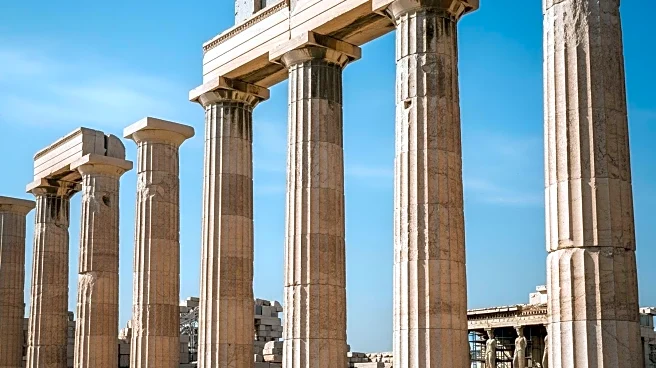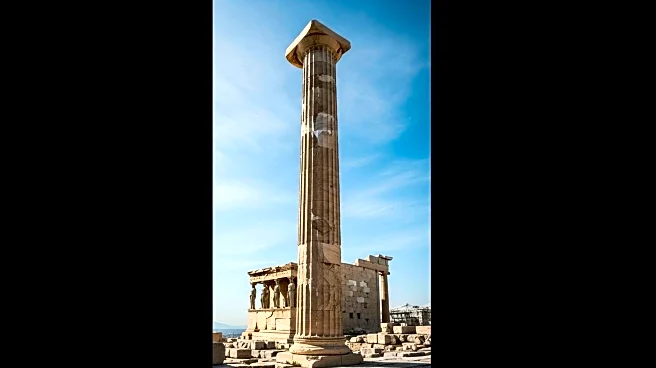The Acropolis of Athens is a treasure trove of fascinating facts, offering insights into the architectural and cultural achievements of ancient Greece. As a UNESCO World Heritage Site, the Acropolis is recognized for its historical significance and enduring legacy. Its unique features and historical context make it a must-see destination for visitors from around the world.
Core Facts
The Acropolis of Athens is an ancient citadel located on a rocky outcrop above the city of Athens, Greece. It contains the remains of several ancient buildings, the most famous being the Parthenon. The site is a UNESCO World Heritage Site, recognized for its cultural significance and historical importance.
Notable Details
The Acropolis is home to several iconic structures, including the Parthenon, the Erechtheion, and the Temple of Athena Nike. Each building showcases the advanced engineering and artistic skills of the ancient Greeks. The site also features the Propylaea, a monumental gateway that serves as the entrance to the Acropolis.
Comparisons and Contrasts
While many cities in ancient Greece had their own acropolis, the Acropolis of Athens is the most well-known and complete. Its architectural style and cultural significance set it apart from other acropolises, making it a symbol of ancient Greek civilization.
Key Data Points
The Acropolis covers an area of 3.04 hectares, with a buffer zone of 116.71 hectares. It is situated on a hill of average height (156m) that rises in the basin of Athens. The site was inscribed as a UNESCO World Heritage Site in 1987, reflecting its cultural and historical significance.
 Discover Daily • 8 min read
Discover Daily • 8 min read 









